Climate change and EVs: How will future cars stem global warming?
Electric vehicles have become a hot trend. But how much better are they for the environment than standard gas or diesel-powered cars?
Just the FAQs, USA TODAY
Most of the cars and trucks sold in New Mexico could be electric if rules proposed by the State are put into effect, drawing criticism from industry leaders in the state as they ready for a hearing on the matter this month.
The New Mexico Environment Department (NMED) filed a petition for updated vehicle emissions standards in July, with a hearing scheduled before the Environmental Improvement Board starting on Nov. 13.
The proposal would conform New Mexico’s standards with California’s, calling for 82 percent of vehicle fleets offered for sale in New Mexico to have zero tailpipe emissions by 2032, while also decreasing the allowed emissions from the remaining combustion vehicles.
More: New Mexico prepares for increased power grid demands as more electric vehicles hit the road
The rules would apply only to automakers, all of which are out of state, providing vehicles to dealers in the state and would not outlaw the sale of fossil-fuel drive combustion vehicles.
NMED argued in its petition to the board that the rules will save “millions of dollars” in healthcare costs tied to air pollution, reducing greenhouse gas emissions from the second-largest source in New Mexico.
“Greenhouse gases contribute to climate change that has caused more frequent and damaging wildfires, higher temperatures, and drought throughout the state,” read an NMED statement upon introduction of the proposal.
“Cars and trucks powered by fossil fuels in New Mexico contribute to our state’s air pollution and greenhouse gas emissions.”
More: Feds agree to provide $38 million to New Mexico for electric vehicle chargers
On Nov. 1, the New Mexico Automotive Dealers Association (NMADA) filed its testimony signed by President Ken Ortiz in the case and planned to testify during the hearing in opposition to the rules.
The NMADA argued the rules if enacted would limit options for consumers, forcing more drivers to buy electric vehicles.
New Mexico lacked adequate charging infrastructure for such a wide adoption of electric vehicles, read the testimony, especially in rural parts of the state.
More: Electric police cars? Bill would require 75% of state-owned vehicles be battery powered
Drivers in rural areas of New Mexico often must travel “many miles” to get to school, doctors and to shop, the letter read, distances that could be unreachable with electric vehicles.
Electric vehicles could also prove too expensive for many of New Mexico’s lower income families, read the letter, arguing the state offered no financial incentives for customers to buy battery-power cars unlike other states including California.
“We object to imposing a mandate on New Mexico consumers that will limit the choices for New Mexicans to purchase the vehicle of their choice based on their needs and respective budgets,” read the letter. “We agree that the ozone issue is real but should not be addressed by mandates.”
More: More electric trucks in New Mexico? State to adopt rules curbing gas-powered vehicles
And the auto industry was already taking strides to curb pollution associated with transportation, read the letter, by adopting new technology for combustion engines to reduce emissions during operation.
“We are all making progress and will get there when we are ready to ensure a smooth transition that will not disrupt the every-day lives of New Mexicans,” the letter read.
But ongoing efforts from the industry weren’t enough, argued the Natural Resources Defense Council (NRDC) in its submitted testimony.
More: Dallas-based LM Energy shifts focus to Permian Basin natural gas amid regional growth
The rules would prevent 136 premature deaths, and 76,000 case of respiratory illness by 2050, read the NRDC’s comments, while preventing 139 million tons of carbon dioxide emissions.
The average range of an electric vehicle sold in the U.S. was 290.8 miles in 2022, the NRDC reported, enough distance to make the four- to five-hour drive from Carlsbad to Albuquerque.
The group also argued New Mexico did have several corridors with substantial chargers, and that more of that infrastructure would soon be built using the $38 million in federal funds allocated to New Mexico via the Infrastructure Investment and Jobs Act passed in 2021.
More: Xcel Energy could double power capacity in New Mexico by 2030 amid growth in oil and gas
“As we explain, adopting the rules in full would constitute one of the most significant steps the state has ever taken to combat the climate crisis and reduce life-threatening air pollution,” read the testimony.
“Additionally, the Rules will save consumers billions of dollars by reducing fuel and maintenance costs and bringing high paying jobs into the state.”
Republican state lawmakers were unconvinced.
The State’s House Republican Caucus voiced its concerns with the rule in a Nov. 1 letter to Environmental Improvement Board President Phoebe Suina, arguing rural areas in particular would struggle to adopt the rules.
Lawmakers pointed to an announcement from Gov. Michelle Lujan Grisham that the $38 million in federal funds would be used to install charging stations along the state’s interstate highways like Interstate 25 and 40, which do not go through many of the remote areas of New Mexico like the southeast corner.
“The proposed rule creates needless overreach and unnecessary intrusion by state government into the new car and truck marketplace,” the GOP letter read. “It completely substitutes a free market system to a government-imposed market, unrelated to the demands or needs of the consumer.”
Adrian Hedden can be reached at 575-628-5516, achedden@currentargus.com or @AdrianHedden on X, formerly known as Twitter.








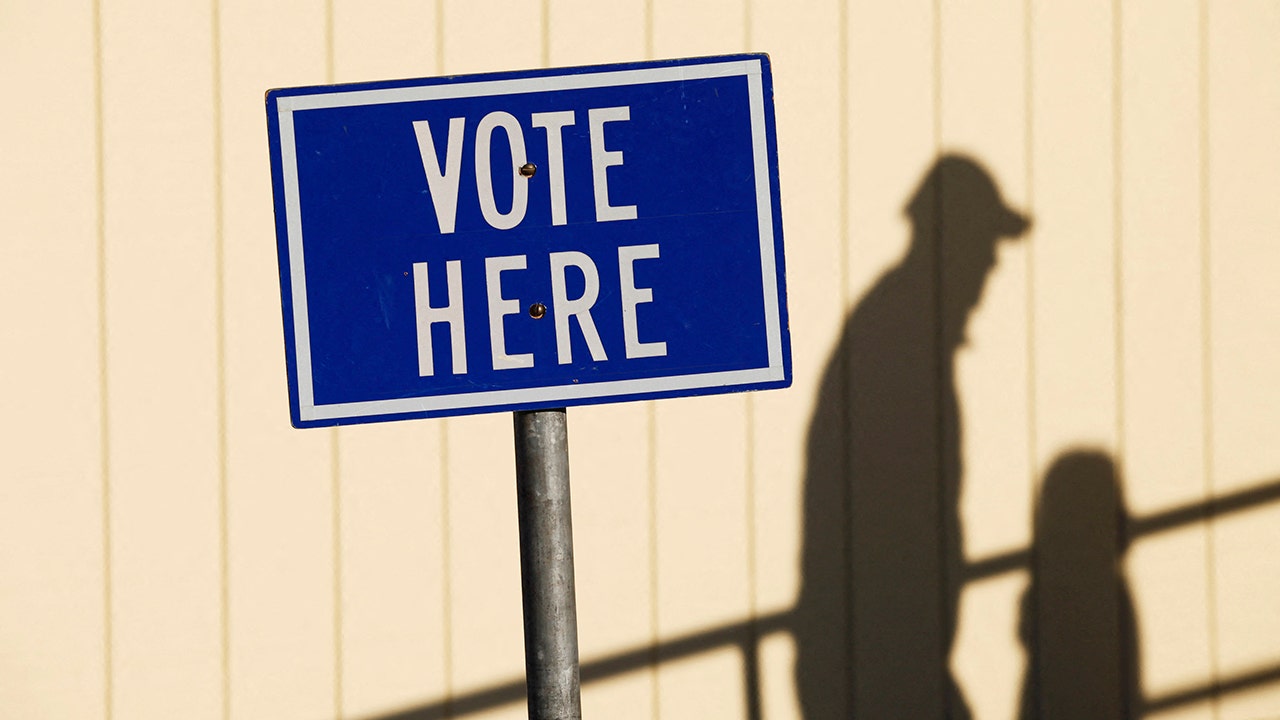
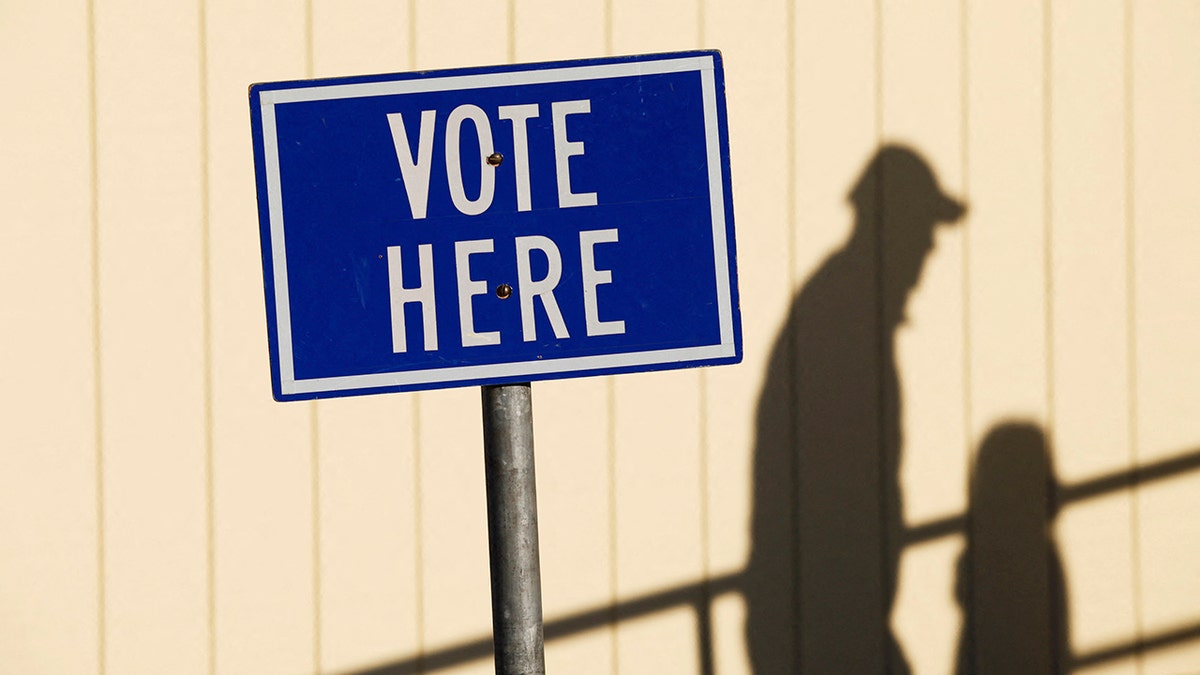
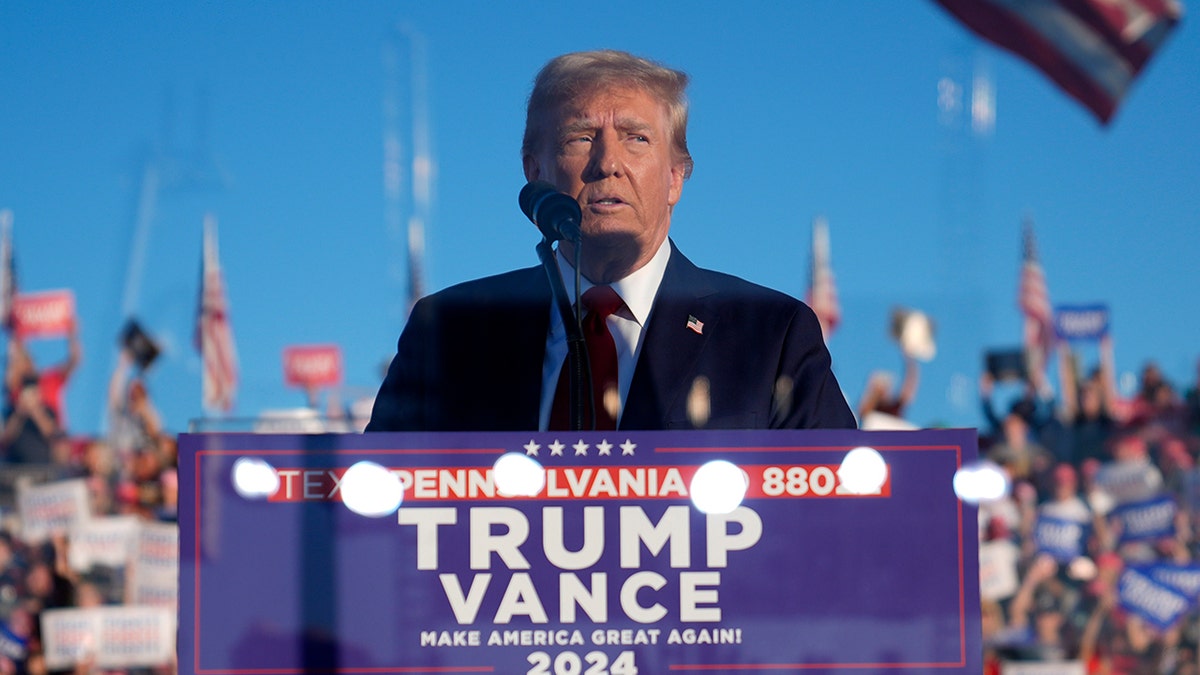
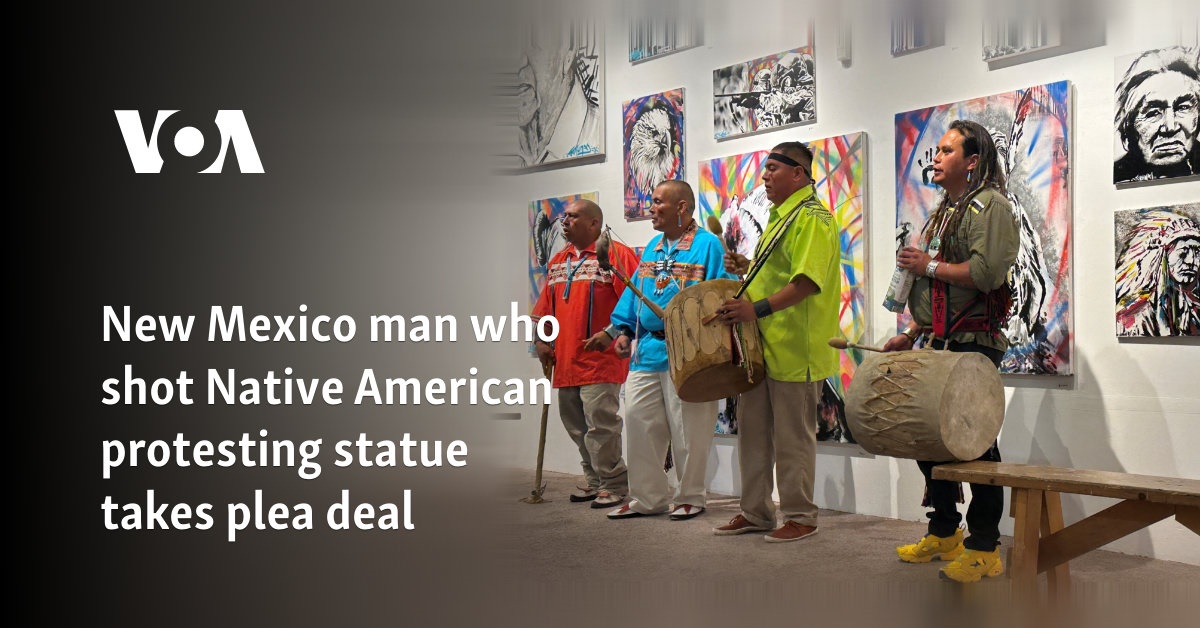
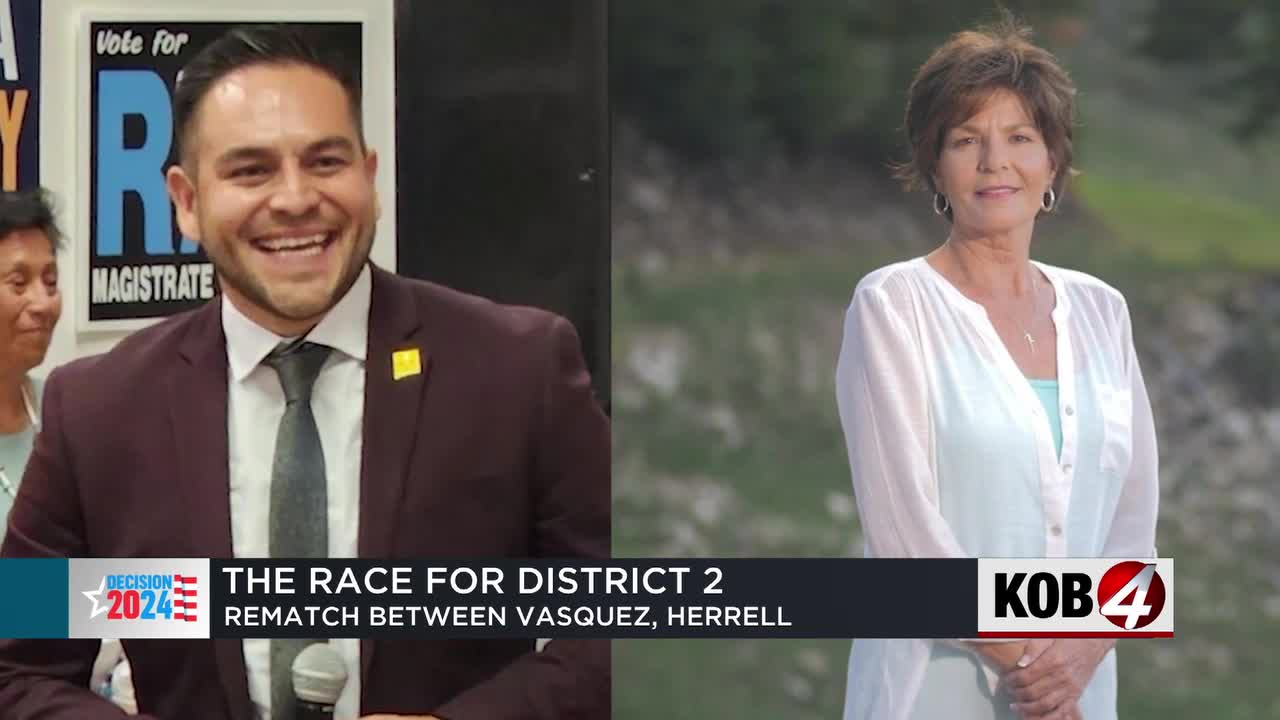








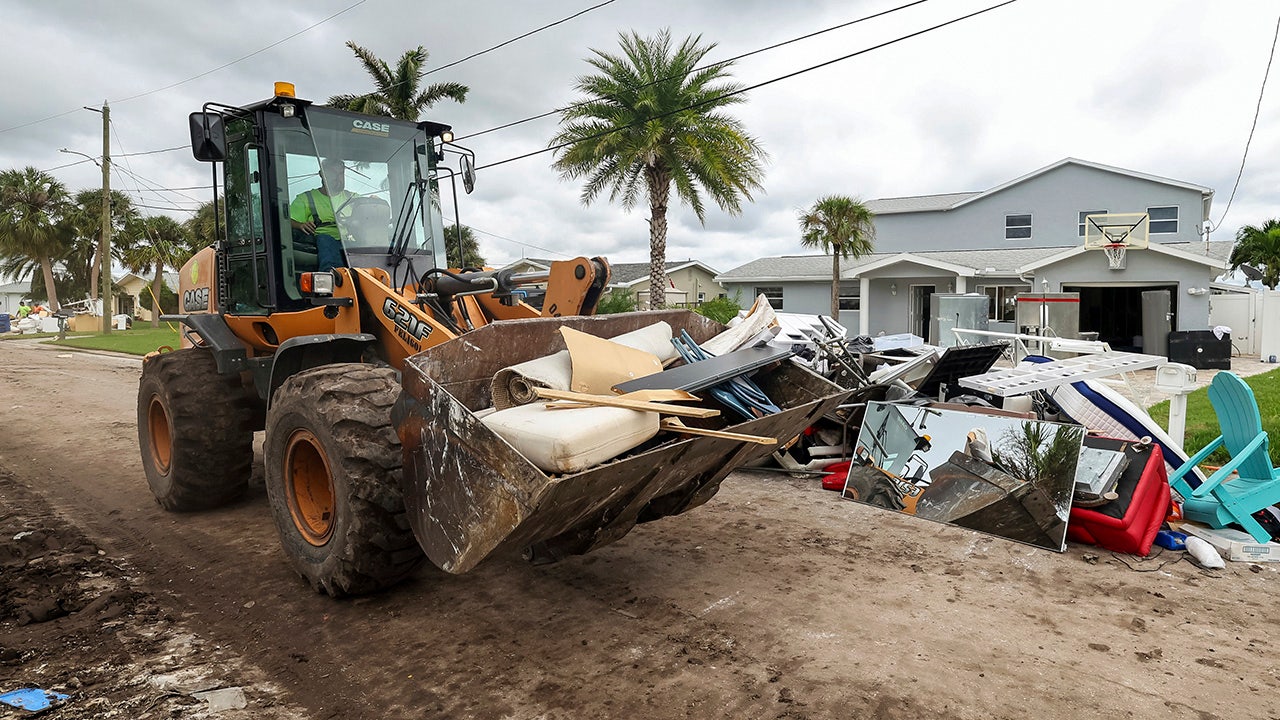

/cdn.vox-cdn.com/uploads/chorus_asset/file/25439572/VRG_TEC_Textless.jpg)






